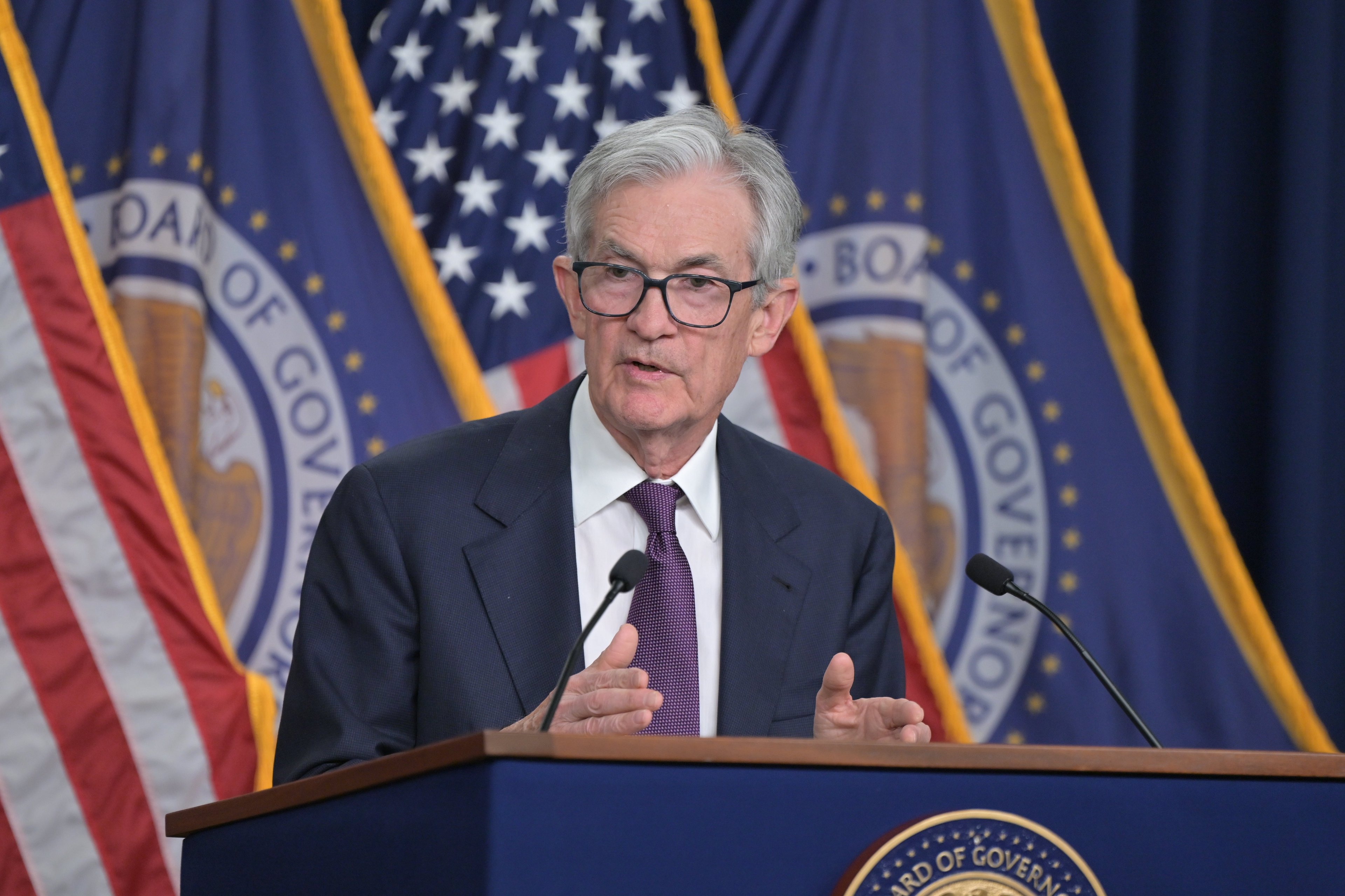Millions of investors rely on the S&P 500 (^GSPC 0.03%) as their primary benchmark, often using index funds tied to its return or otherwise comparing their results to the gains and losses in the index. With most of its members paying dividends, the S&P 500 has also become a good place for dividend investors to look for good investing ideas. To try to isolate some of the most intriguing choices, let's take a look at the S&P 500 companies that boosted their payouts by the biggest percentages over the past year, which include Helmerich & Payne (HP 0.47%), Capital One Financial (COF +0.42%), Southwest Airlines (LUV 0.01%), and Zions Bancorp (ZION 0.07%).
Helmerich & Payne is in the lucrative oil-drilling business, but even though it participates in the offshore industry and also has some international activity, nearly 90% of its drilling rigs are U.S.-based land rigs. In 2012, being stuck on land put drillers in a difficult situation, as rock-bottom natural-gas prices led activity to fall dramatically. But over the past year, natural-gas prices have recovered strongly, and that has helped put Helmerich & Payne in a position in which it could make two separate dividend increases, raising its quarterly payout from $0.07 per share last year to $0.50 per share currently. That gives shareholders a 2.3% yield on the stock right now. Yet the dividend arguably has even further to rise, with the company expected to earn more than $6 per share in fiscal 2015.
For Capital One Financial, a dividend increase has been a long time coming. But only once the Federal Reserve approved the bank's capital plan was Capital One allowed to raise its quarterly payout. The move sent Capital One's quarterly dividend from $0.05 per share to $0.30, giving the bank a respectable 1.5% dividend yield now. Even after the dividend increase, Capital One's payout ratio is ridiculously low, at well under 20% with the bank expected to report having earned more than $7 per share in 2013.
Unfortunately, Southwest Airlines is remarkable in having raised its dividend only in percentage terms, as its quadrupling of its previous dividend only brings its quarterly payout to $0.04 per share and only raises its yield to 0.7%. With most airlines having struggled to be profitable throughout much of the past couple of decades, Southwest used to be remarkable in generating enough profit to consistently pay even its tiny dividend. Now that airlines have bounced back, though, even its larger payout seems relatively stingy -- even though most of its peers still don't pay a dividend at all.
Finally, Zions Bancorp is in much the same position as Southwest, having quadrupled its quarterly payout to $0.04 per share, bringing the bank's yield to just over 0.5%. Zions has been extremely conservative in its risk management, holding an inordinately large amount of cash compared to most of its peers. The bank had to work a bit extra to have the Fed approve its capital plan, having had to resubmit a new plan after seeing the Fed object to some of its initial proposals. Going forward, though, Zions' new dividend looks more than reasonable given a payout ratio of less than 10%.
Look for real dividend growth
To determine truly strong dividend stocks, you have to look past percentages. Maximizing yield isn't always the smartest move, but neither is accepting growth from small baselines. True growth from companies like Helmerich & Payne and Capital One Financial is worthy of notice.










